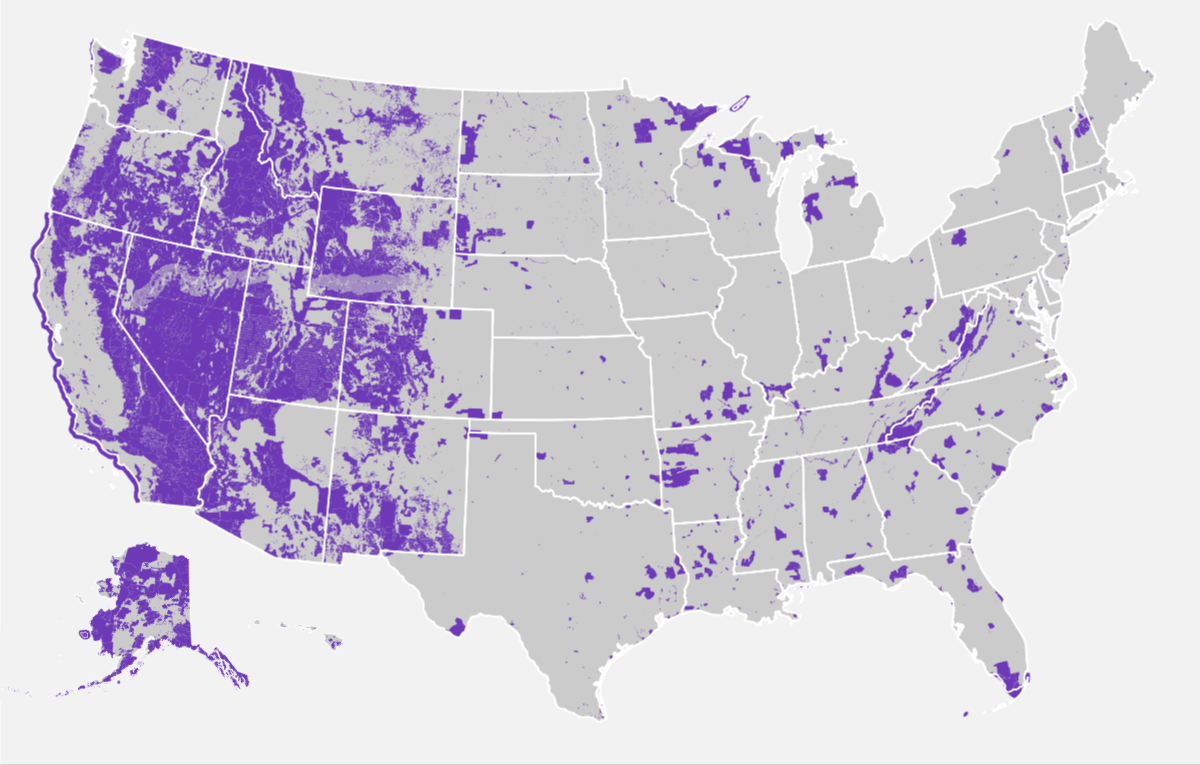
According to The New York Times, the US federal government owns roughly 47% of all of the land in the American West. That compares with about 4% of land east of the Mississippi River. I was astonished to learn this as I travel throughout the West on my road trip to visit the National Parks.
As the US expanded across the West in the late 1800’s and early 1900’s it took territory by purchasing, or simply taking, all of the land. It proceeded to sell some land to private owners or to states, doing so quite easily across the Midwest, but running into complications in the West. The extreme geography and climates of the West weren’t attractive to farmers. The west is rife with mountains, canyons, deserts, and other geological features that make the land difficult to exploit. The few useable valleys where farming was feasible were settled and eventually became towns and cities. Federal law eventually eliminated homesteading and set up more formal systems for management of the remaining land; the vast majority of which is still owned by the Bureau of Land Management (BLM).
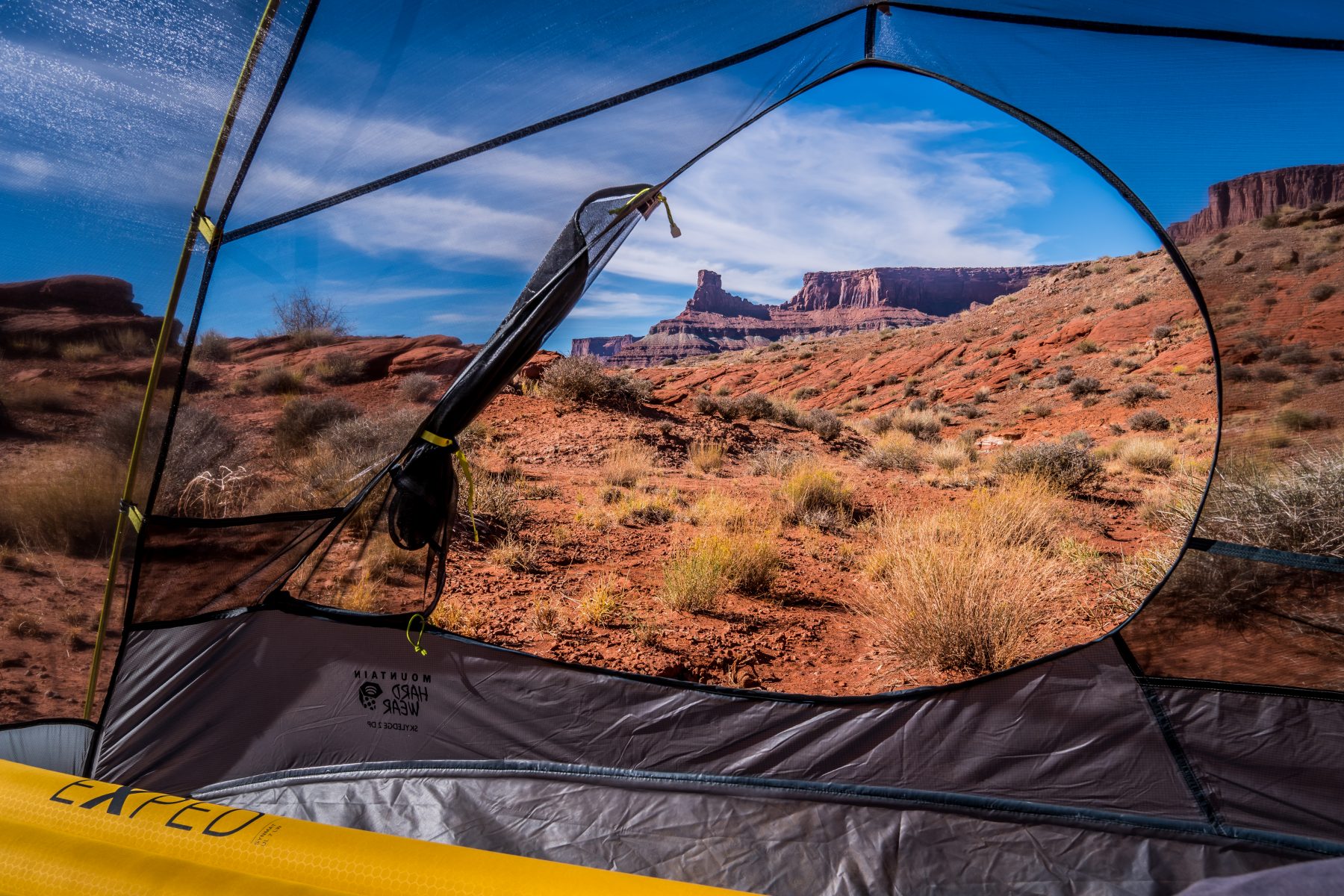 My campsite on BLM land outside Canyonlands National Park. How incredible is this view??
My campsite on BLM land outside Canyonlands National Park. How incredible is this view??
Being from New England, I had never heard of Bureau of Land Management land. Now that I’ve been on the road full-time for 3 years, I can definitely recommend FREE camping on public lands over any other option!
In all of my time on the road I have never once stayed in a Walmart parking lot. I have never once stayed at a truck stop. I have never once stayed at a highway pull-off, and I have never once stayed at a paid campground.
Camping on federally-owned public land is usually referred to as ‘dispersed camping’. This type of camping is the only type I would ever consider. There are no facilities. There are no tourists. There are no neighbors. There are usually no amenities at all (with some exceptions); just you and the wilderness. You can camp pretty much anywhere you want on BLM land and in most National Forests. You can also find plenty of free camping in Federal Wildlife Management Areas (WMA) and in State Forests!
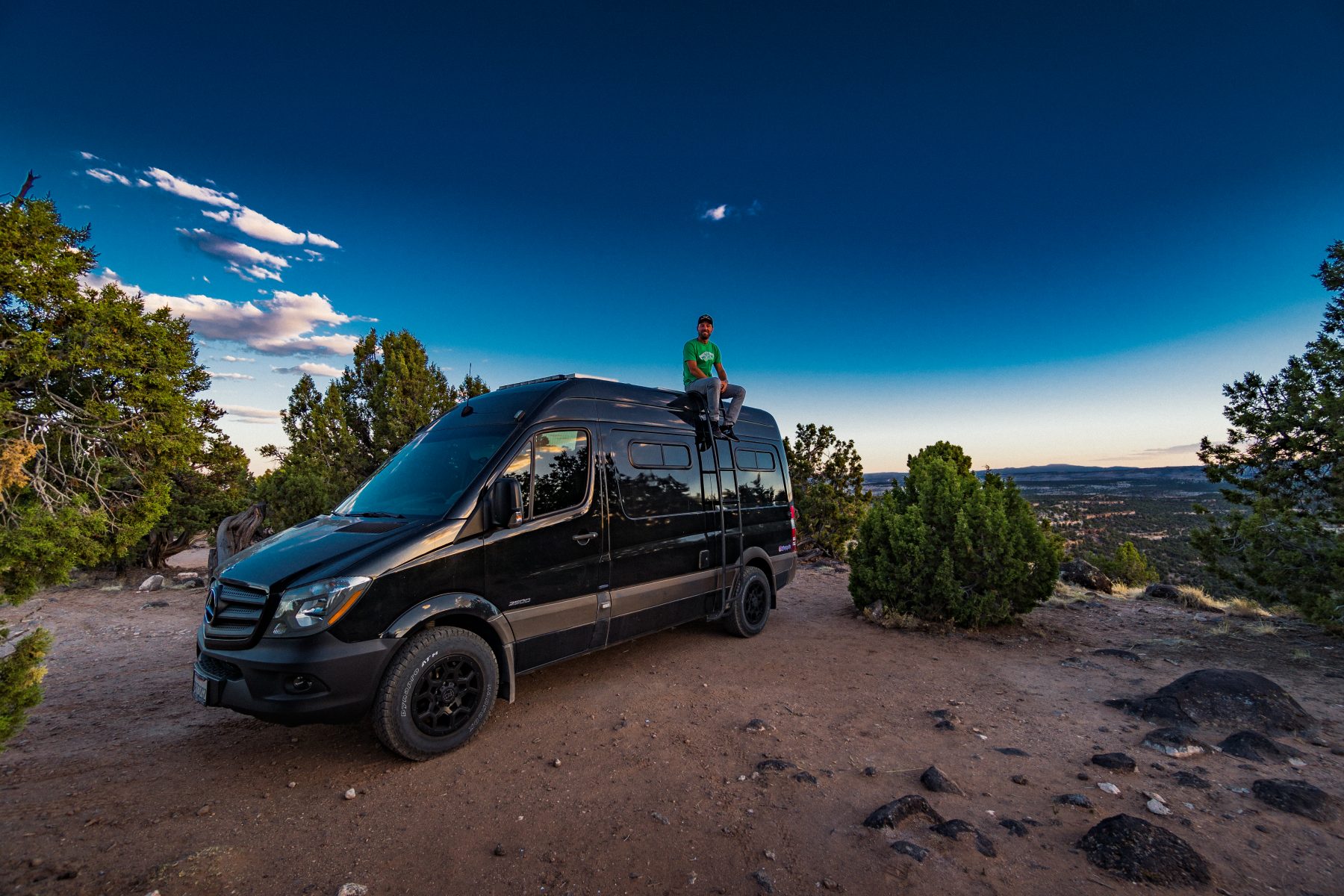
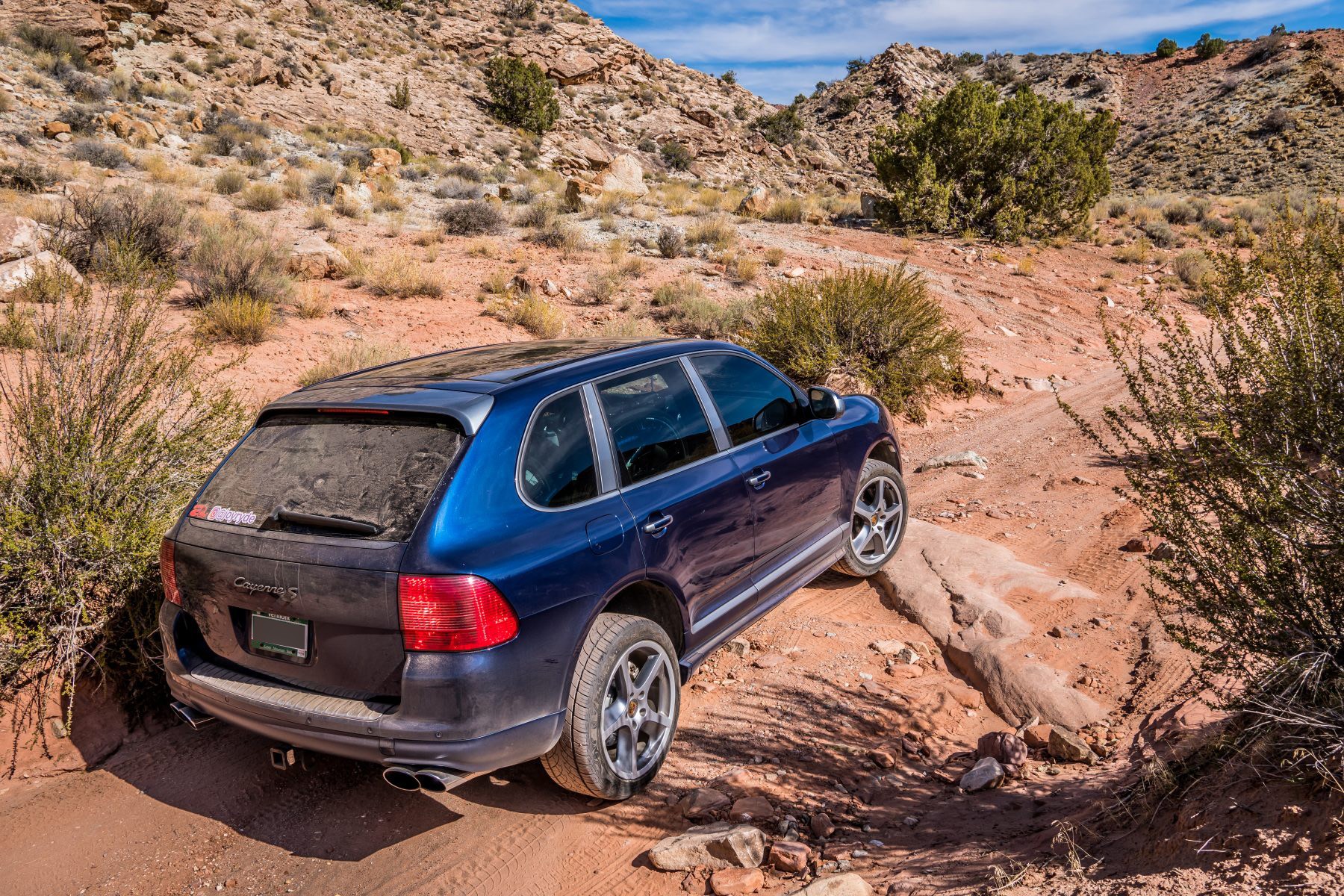
Scouting dispersed campsites in person:
Camping on BLM land takes advance research; either online, or preferably, in person. I typically scout locations in daylight, so that I know what the terrain looks like, and what the road conditions are (I’ve encountered more than my fair share of completely impassible BLM roads). Part of the fun of camping is the thrill of scouting remote campsites and finding locations with epic views. When I spent a week at Arches National Park I spent an entire day scouting locations to camp, and had a blast doing it! I often have as much fun scouting campsites as I do in the parks themselves.
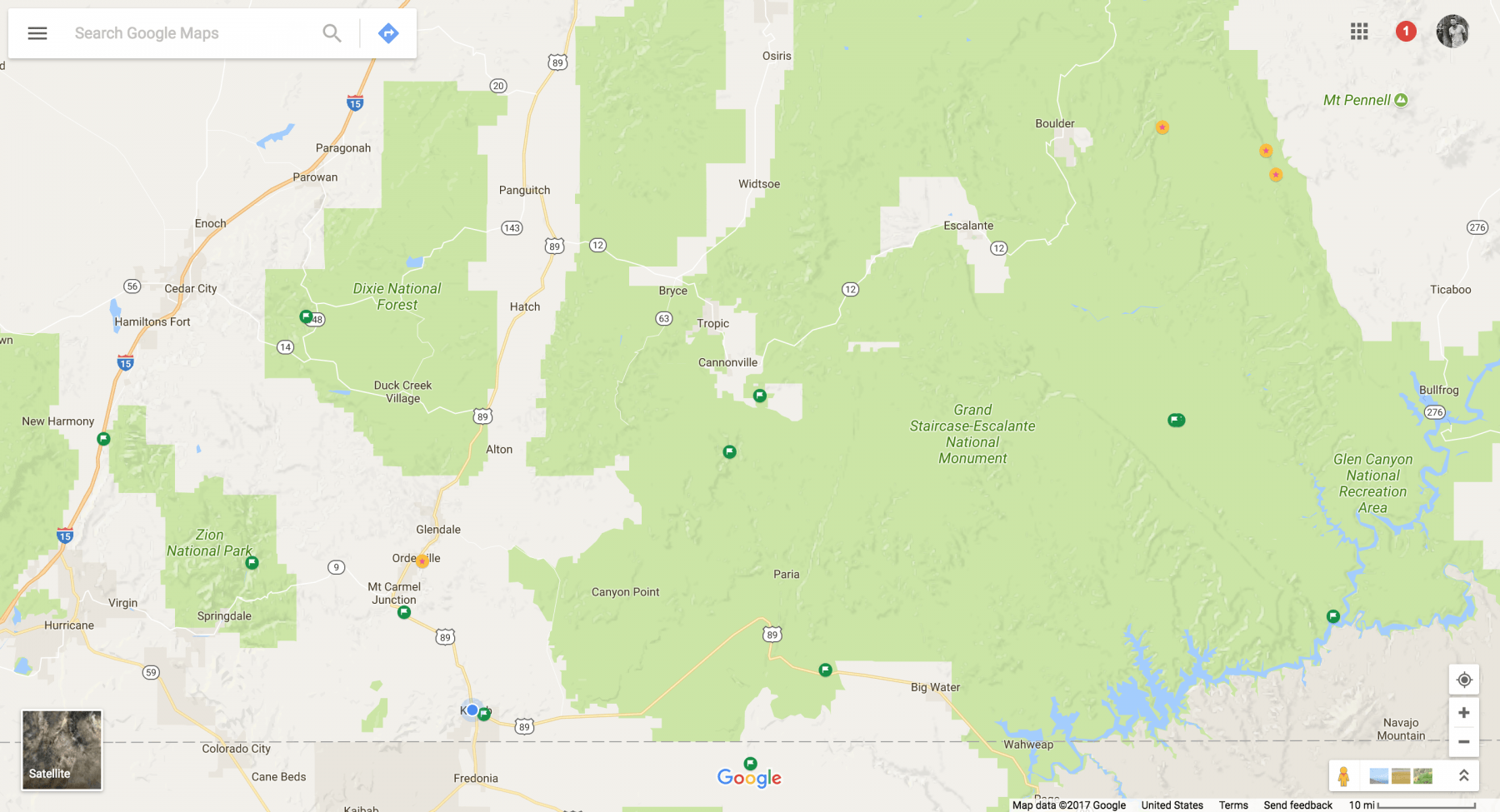
Using Google Maps to find dispersed camping:
Along with scouting in person, my main way to find dispersed campsites is to use Google Maps satellite view. When looking at the map in map view (not in satellite view), federal lands will be green on the map. Once you have an idea of where the borders of the federal land lie on the map, switch it to satellite view. You can then zoom in and find roads and potential epic campsites. In the last 2 years on the road I have successfully searched Google Maps for sites, scouted them in person, and then camped at my locations nearly 600 times.
Before you arrive, contact the local BLM office if it’s BLM land. If it’s a National Forest, call the local ranger. Ask them about the specific rules that apply to the land that you want to camp on, as the rules differ from state to state, and federal agency to agency. The National Forest rangers and BLM rangers are always helpful and are always an amazing resource on how best to experience the area.
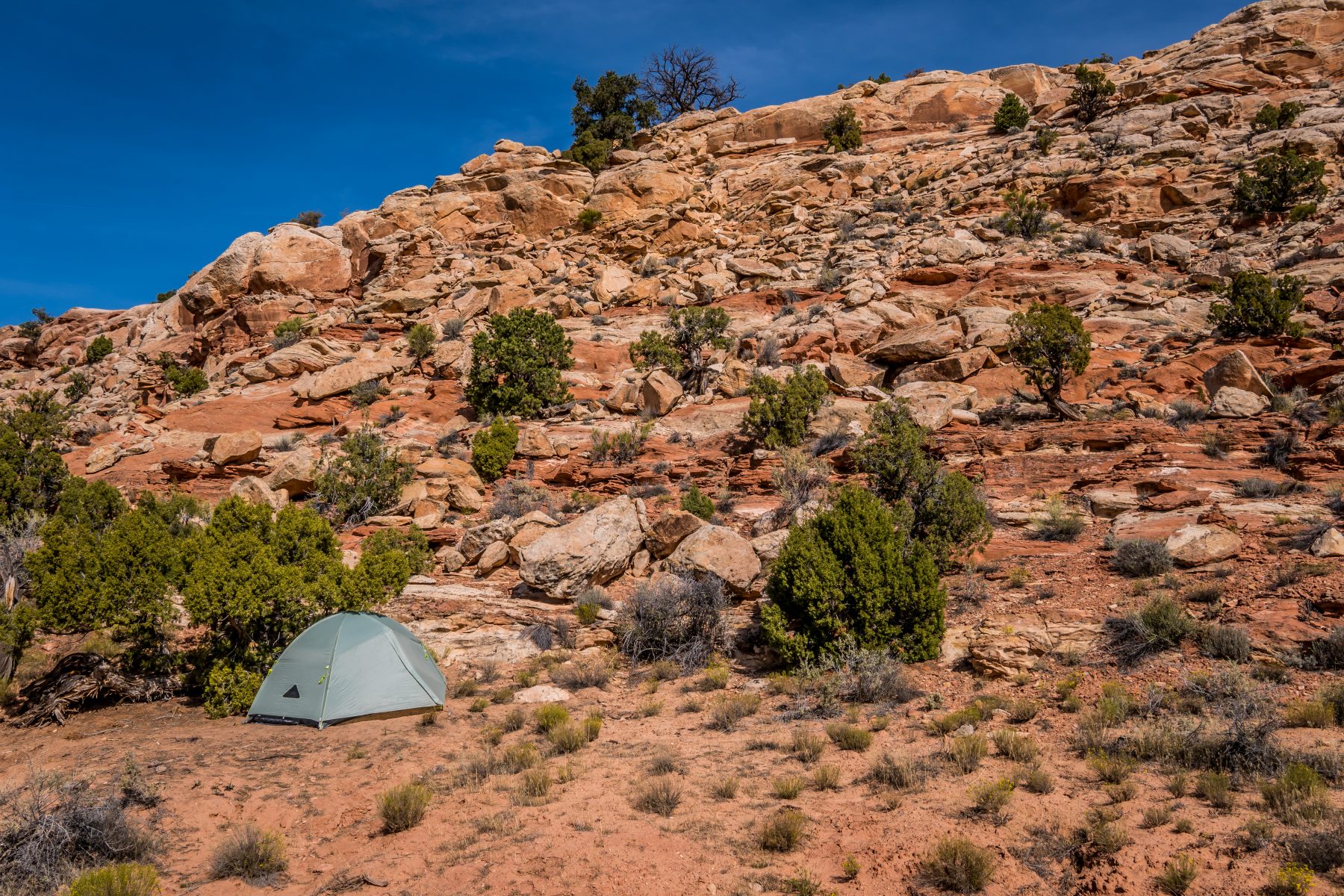
Using websites to find dispersed campsites:
In addition to my preferred method of finding unbelievable campsites with Google Maps, I also recommend the below websites to find already-known campsites, with the caveat that 99% of the available camping locations won’t actually ever be shown on these sites, as most people never bother to list them, or as in my case, prefer to keep them private and pristine. Regardless, these websites are helpful if you aren’t yet in the area and need helpful tips from other campers.
- Campendium
- Freecampsites.net
- iOverlander
- Boondockers Welcome
- Free Campsites Group on Facebook
- Allstays
- Boondocking App
In my experience, the first 3 websites/apps are very helpful in locating campsites, and I’ve had great luck with being the only person at the campsites that I’ve selected. The downside is that they aren’t usually very private, and they are rarely as epic as the ones you can find on your own, with a bit of effort.
Important rules for camping on federal lands:
- There will be signs indicating that you are not allowed to camp outside designated campsites in many of the higher traffic locations. Never ignore these signs.
- In certain environments there will be signs about native plants and organisms that you must respect and protect. Examples are the bacterial mats in the deserts, and the alpine tundra plants in the mountains. Never ignore these signs.
- Never drive your vehicle off of designated roads. You can damage fragile ecosystems and ruin the environment for everyone else as well.
- Never have a campfire in areas where there is a risk of wildfire. If you do have a campfire, ensure that you put it out completely before you leave the campsite.
- Leave no trace. There should be NO TRACE that you EVER were there. If you are reading my blog, you should already be highly aware of responsible use of our wilderness areas, but if you need a refresher course, read the 7 Principles of Leave No Trace.
The Bureau of Land Management manages 247.3 million acres of public lands in the United States which constitutes one-eighth of the landmass of the country. You should have no problem finding an amazing place to camp on BLM land.
There are 155 National Forests containing almost 190 million acres (297,000 square miles) of land. These lands comprise 8.5% of the total land area of the United States, an area about the size of Texas. You should have no problem finding an epic campsite in a National Forest.
Half of the fun of dispersed camping is the adventure of scouting for a campsite. The other half is the feeling you get when you are completely alone, reliant only on yourself for survival, far from civilization. Get out there and enjoy our public lands, and remember to always treat them with the utmost respect; I’m sick of picking up trash!
Important rules about camping on BLM Land:
Developed Campgrounds
- When camping in a developed area, please use the specifically marked sites.
- If you are camping in a developed site and are in a group with more than two vehicles or 10 people, please use a group site or two campsites.
- Money from fees charged at developed campgrounds are used to maintain these areas for everyone’s enjoyment. Avoid a citation or fine by being responsible and paying your share.
- Please respect other campers and keep quiet hours of 10 p.m. until 6 a.m., or those posted.
- Always build fires in the stove, grill, fireplace or ring provided in developed campgrounds. Do not burn trash or material that produces toxic or hazardous material. Never leave a fire unattended.
- Use the designated spots for your tent, trailer and other gear. If you leave personal property unattended for more than 24 hours in a day-use area, or 3 days in other areas, it may be considered abandoned and disposed of by BLM.
- Horses, llamas and other livestock are not allowed in campgrounds or picnic areas unless BLM has provided facilities for that use.
- Most BLM sites are offered on a first-come, first-serve basis. Dispersed Camping in Undeveloped Areas
- Whether in a developed campground or at a dispersed site, you may usually camp in an area for up to 14 days before having to move at least 25 miles from your original spot. You may not return to that area for 28 consecutive days.
- Choose sites that are already established.
- Camp at least 200 feet away from water sources.
- Use existing fire rings or camp stoves.
- Check current fire conditions.
- Dispose of human waste properly (away from water and in a 6” or deeper hole).Always follow the policy of Treading Lightly! By picking up trash, avoiding damaging the land, observing signs, leaving all gates as you found them, and asking permission to enter private lands, you will enhance everyones opportunity to enjoy these lands in the future.



I am very appreciative of the information you have shared. Excellent information. May have given the keys to it becoming crowded, though. 🙂 As a former Girl Scout with ALL the badges, you cannot emphasize LEAVE NO TRACE enough.
I’m always hesitant to give away the best hiking spots and best camping spots, but I’m hopeful that my blog and my Instagram posts will enlighten people to take care of the natural world rather than exploit it!
I’m so glad you wrote this! I haven’t been to Moab in years because it became over crowded and the places one used to camp for free have now become either marked “no camping zones” or turned into fee camping. I have no problem with paying to camp, but it’s impossible to ever find a place anymore. I’m glad to hear I can head there next weekend and find a place to set up my tent where there are minimal neighbors. Just like the good old days.
Have fun!! I’ve always had amazing luck with free campsites right near Arches & Canyonlands!
Here are my two favorites:
https://goo.gl/maps/LjNLHDf31tQ2
https://goo.gl/maps/WUBmYF8K6gr
I know of some caverns that are unexplored and make nice camping spots…one is outside of las vegas…nobody seems to have been inside for many years…BLM says to stay away…I grew up in the desert areas…I have explored some…
That’s rad! I’ll have to scout them out sometime!
Do you know pet policies for dispersed campsites?
Hi Kaylyn,
I don’t have a dog because I spend almost all of my time in our National Parks, and all pets are prohibited in National Park hiking trails; but when camping on BLM land and in National Forests, the rules are more open to pets.
Each government agency operates under their own mandate, with specific goals and objectives for the land, wildlife, and resources in its care. The Bureau of Land Management and the Forest Service have multiple-use directives that include recreation, harvesting of resources, environmental protection, wildlife protection, and conservation. The Fish and Wildlife Service and the National Park Service are both tasked primarily with the conservation of the land, plants, and animals.
The differing goals of the agencies result in a disparity in pet policies. The polices set by the National Park Service and Fish and Wildlife Service are very restrictive toward pets — limiting them mostly to developed areas — due to their primary goal of conservation. The National Forest Service and the Bureau of Land Management tend to balance their directives of recreation and conservation and take a much more pet friendly view, allowing dogs on nearly all trails, and many times allowing them to be off-leash.
While these areas generally do not require dogs to be leashed in the backcountry, they must be leashed in developed areas and in campgrounds.
Here’s a really helpful PDF about pets in National Forests.